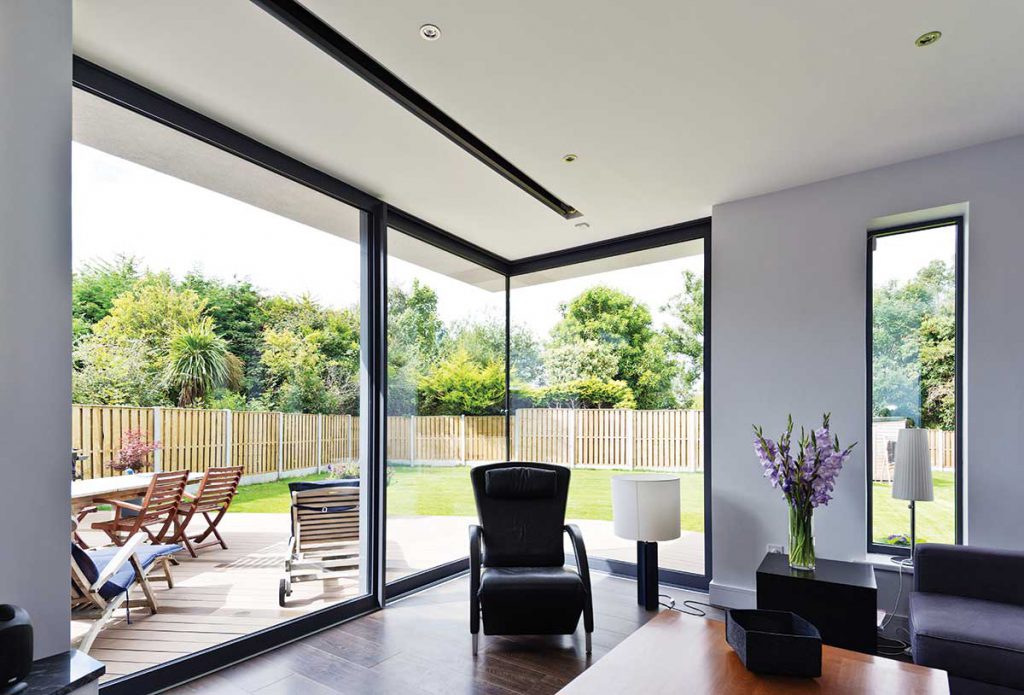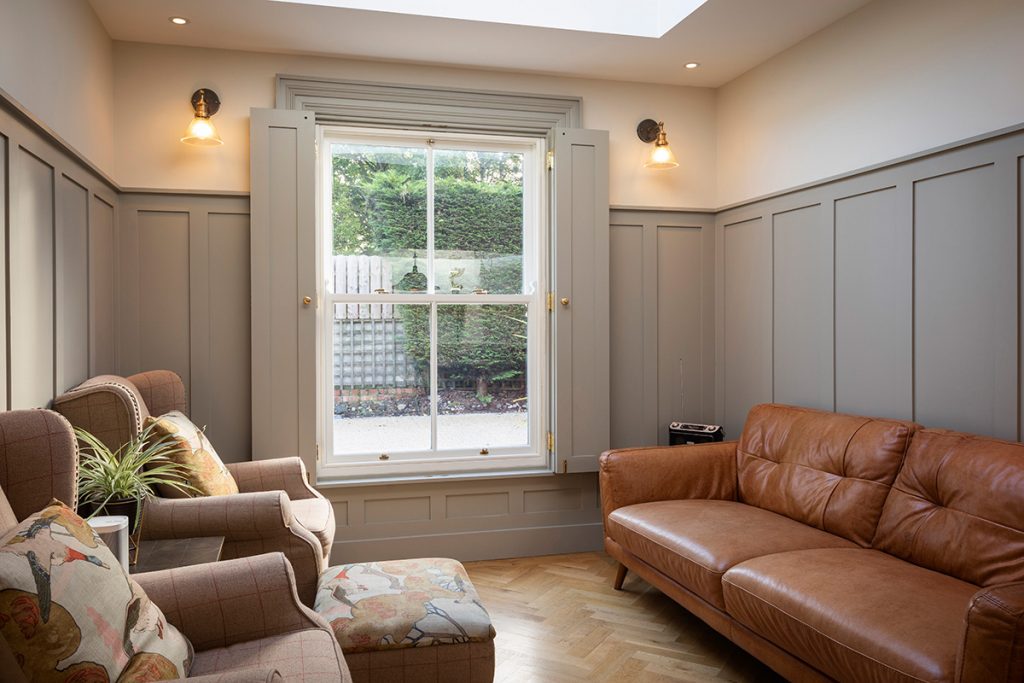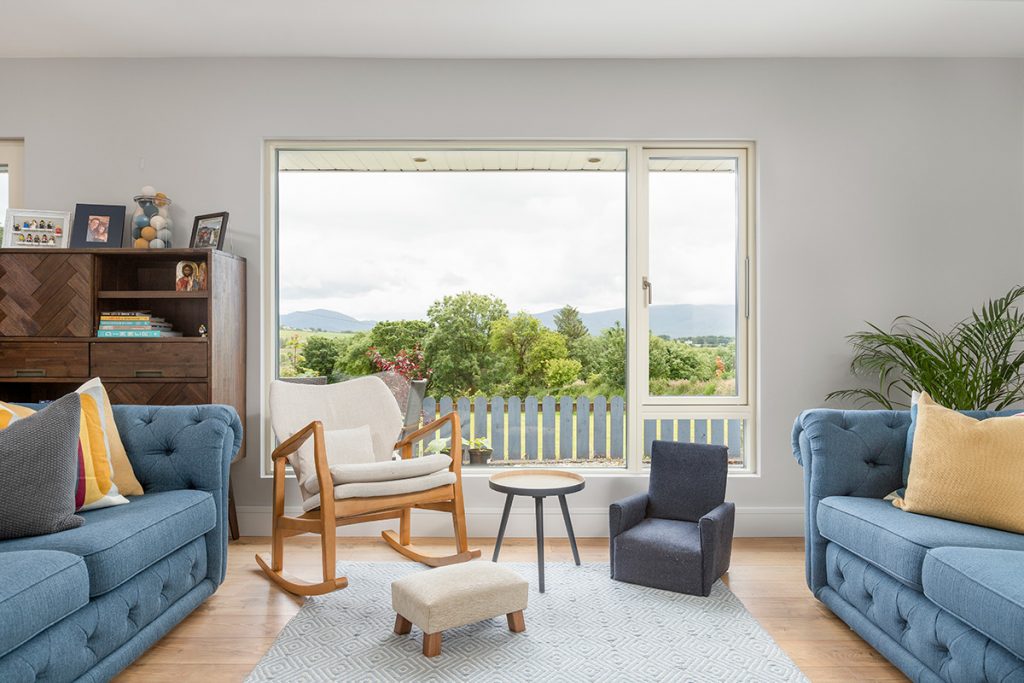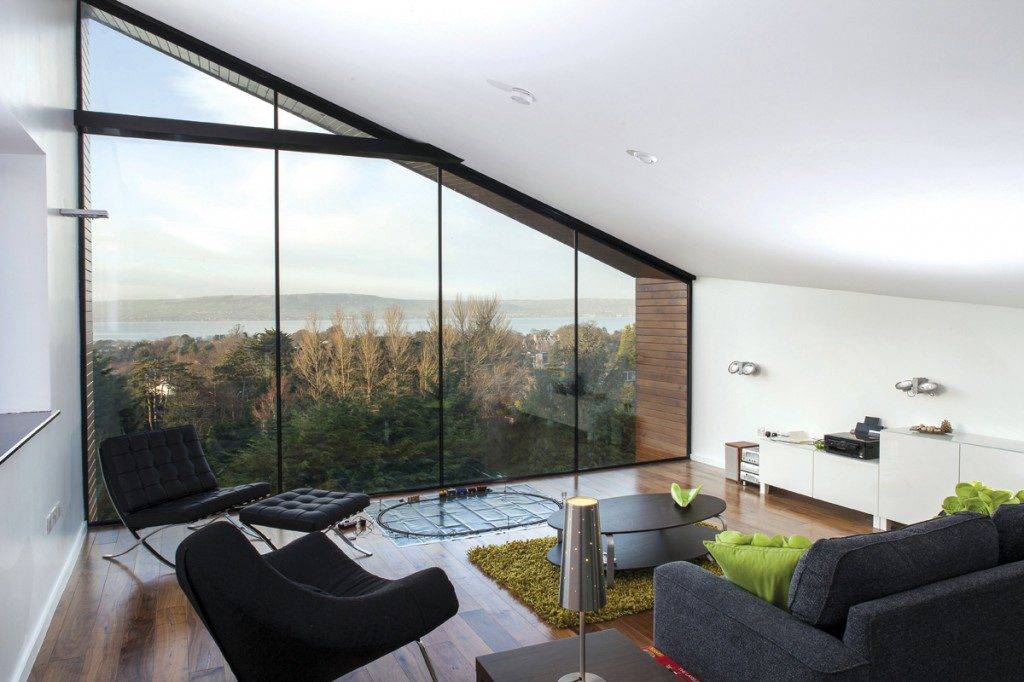When it comes to enhancing your home, windows play a vital role in both aesthetics and functionality. The decision to go with double or triple glazing can significantly impact your costs and even influence the overall construction of your house. This is why it’s crucial to make informed choices early in your home improvement journey.
Double vs. Triple Glazing
Understanding Double Glazing
In most new builds, double glazing is the standard choice. Double glazing, short for Insulated Glazing Unit (IGU), consists of two sheets of glass separated by a 12mm to 16mm space, hermetically sealed. This space can be filled with air or a gas, typically argon. The glass may also be coated to improve insulation and control solar gain.

The Advantages of Triple Glazing
Triple glazing takes double glazing a step further by adding an extra layer. The three panes of glass and additional gaps make triple glazing more energy-efficient. The inner pane of a triple glazed unit is significantly warmer than that of a double glazed one, resulting in improved thermal comfort. Triple glazing can be up to 60 percent better at insulating than the best double glazing, reducing heat loss and enhancing sound insulation. However, it’s essential to consider the weight and suitability for certain frame types.
Costs and Considerations
Cost Differences
Triple glazing is now cost-effective compared to double glazing, and the visual difference is minimal. When considering costs, it’s crucial to account for installation, frame compatibility, and any additional features like handles or child locks. While double glazed units are still commonly specified, triple glazing is rapidly gaining popularity. It’s essential to note that cost differences can vary significantly among manufacturers.

South vs. North Facing
The orientation of your home plays a crucial role in choosing between double and triple glazing. For north-facing elevations, where solar gain is limited, triple glazing is often preferred for its enhanced insulation. South-facing areas, on the other hand, benefit from double glazing, allowing more shortwave solar radiation and heat to pass through. These decisions impact your home’s energy rating and cost balance.
Weight Considerations
The weight of glazing can impact your house construction. Triple glazing is heavier than double glazing, necessitating more complex hinges and opening mechanisms. Large windows may need to be fixed rather than opening. However, dividing a wide window into multiple narrower ones can be a cost-effective and thermally efficient solution.

Single Glazing and Alternatives
Single Glazing
Single glazing, once common, consists of a single pane of glass set in putty. It is not suitable for new builds due to current energy regulations. Replacing single glazing in older properties requires an accredited contractor to comply with building regulations. While energy-efficient single glazing is an option, it won’t match the performance of double or triple glazing.
Secondary Glazing and Window Films
Secondary glazing can enhance soundproofing and insulation. It involves creating a new frame inside the existing one with an air gap between them. Window films, thin sheet materials applied to indoor glass surfaces, can reduce glare, provide privacy, and even add color to windows. They are temporary and removable.
Stained Glass
Stained glass windows, traditionally crafted by artisans, create intricate patterns and color effects. Modern decorative glass mimics stained glass with color applied to the surface. Double glazing can preserve the visual impact of stained glass in older windows.

Window Technology of the Future
Quadruple Glazing
Looking ahead, quadruple glazing is an option, offering incredible insulation with U-values around 0.4W/sqmK. However, it presents challenges in terms of weight and quality of light entering the house.
Advanced Coatings and Phase Change Technology
Spectrally selective coatings filter out heat while allowing light to pass through. Phase change technology absorbs and stores heat during the day, releasing it at night, aiding in temperature control.
Smart Windows and Photovoltaic Glass
Smart windows can switch between transparent and opaque states, eliminating the need for blinds or curtains. Some can even adjust transparency based on ambient temperature. Photovoltaic windows generate electricity but are not fully transparent. Advances include PV collectors along the window’s edge and PV glass blocks.

Types of Glass
Your window manufacturer can guide you in choosing the right glass type for your needs. Common options include:
- Float Glass: Simple and cost-effective, suitable for small areas.
- Toughened Glass: Stronger and safer, ideal for areas where safety is paramount.
- Laminated Glass: Offers safety and sound insulation, perfect for high or overhead situations.
- Textured Glass: Provides privacy without sacrificing natural light.
- Low-E Glass: Reduces heat transfer and minimises condensation.
- Self-Cleaning Glass: Breaks down organic deposits and washes away dirt with exposure to daylight.
- Glass Blocks: Used for waterproof enclosures, decorative purposes, and architectural features.
Choosing the right glazing for your home is a significant decision that impacts both your comfort and energy efficiency. Whether you opt for double or triple glazing, consider factors like cost, orientation, and weight. Additionally, keep an eye on emerging window technologies that offer advanced insulation and unique features. By making informed choices, you can create a more comfortable and efficient living space.




